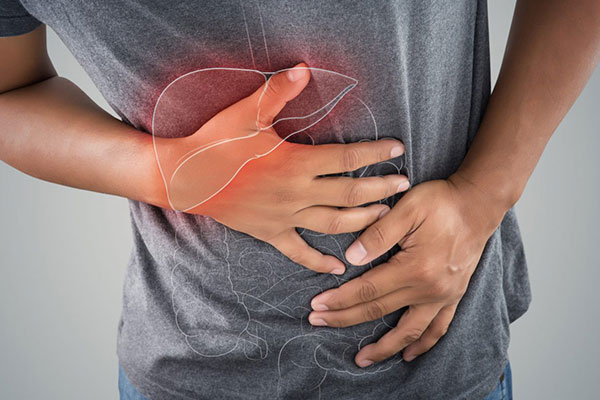Understanding the Cirrhosis of the Liver

The liver is one of the largest organs in the body. It can produce bile, metabolise bilirubin, store vitamin and minerals, help metabolise proteins, and filter the blood.
Chronic liver disease and cirrhosis are among the fourteenth leading causes of death in Hong Kong. The number of registered deaths due to this disease in men was higher than that in their female counterparts, and the ratio is 1.7 to 1 in 2017.
Cirrhosis, therefore, is a slowly developing disease which is characterized by the replacement of healthy liver tissue by scar tissue. As more and more scar tissue forms, it can block the blood supply to liver and make the organ lose its ability to function properly.
Symptoms
Patients may not experience any symptoms during the early stages of cirrhosis. But as the liver becomes injured and scarred, patients begin feeling weak, nauseous and losing appetite. If the liver condition is getting worse, patients may find out yellowing of the skin and eyes (jaundice), vomiting blood, pale-coloured stools, dark urine, swelling of the legs, ankles and feet, and shortness of breath.
Causes
Cirrhosis occurs due to the long-term damage of the liver including the chronic viral infection of the liver (hepatitis B and C), fatty liver, and heavy alcohol consumption. The damage leads to scarring, known as fibrosis. Severe scarring of the liver can lead to liver failure and possibly death. Viral hepatitis B is a major cause of chronic hepatitis and cirrhosis of men in Hong Kong. Major causes of liver damage include prolong exposure to certain environment toxins, inherited conditions or other diseases, i.e. metabolic diseases, blockage of the bile ducts.
Diagnosis
If the patient is suspected to have cirrhosis or live diseases, the doctor will require physical examinations to confirm the diagnosis. Based on the symptoms, the doctor may take blood test, an ultrasound of the liver, and FibroScan to confirm the diagnosis and to determine the cause of the infection.
FibroScan is a non-invasive alternative to liver biopsy for evaluating liver fibrosis and avoid the pain or prolonged bleeding during or after the test. The test result can help diagnose the stages of fibrosis to cirrhosis through a quantitative method and identify the development of hepatic steatosis.
Treatment
Treatment depends on the cause and stage of the cirrhosis. There are treatments such as medication along with lifestyle changes that can slow the progression. In severe case, liver transplantation may be performed.
Preventing cirrhosis
The prevention of cirrhosis is very important. Patients are advised to avoid drinking alcohol immediately if he/she has alcohol-related cirrhosis. For healthy people, experts recommend a balanced diet for maintaining a healthy weight, but avoid high fat food. Regular health check-up can help find liver problems before they start. Besides, doing exercises can help mental and physical stress.
*The above information is for reference only, please consult your doctor for detail.

 3405 8288
3405 8288
